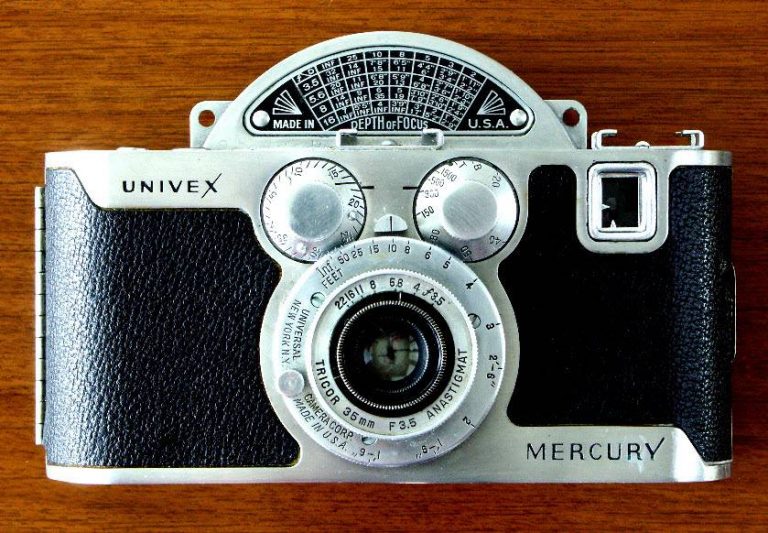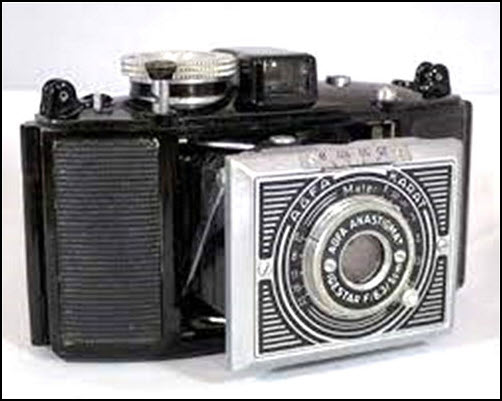
The December 2021 issue of Snap Shots featured an article about the Ur-Leica. Now PHSNE member Mark Kronquist has shared a story about building his own DIY Ur replica (above).
“I have been using Leicas since my college days. In 2000, Leica introduced a limited edition of 0 Series replicas; the original 0 series came after the Ur as a market test with somewhere between 20 and 31 units produced. Results were mixed, but Dr. Leitz went ahead and subsequent cameras were developed.
Initially I purchased a Leica 0 2000 replica, which was awesome, but I also wanted to experience the Ur. I didn’t think the “Leica on Loan” Program included the priceless Ur. Plan B was to build one.

After much research, I found an Ur Replica 82 top and Ur Replica 28 base. Finding the 42mm Milar lens was a challenge, but I found one on a Leitz Astrophot Unit discarded by the University of Oregon.
Sadly, ancient Leitz cameras are not Lego cameras, so my project was going to need expert help. I reached out to my friend, Leica author and expert James Lager, who put me in touch with George Furst in Korea. Off went the bits and pieces for George to convey to master craftsman Mr. Kim.
A donor SM (screw mount) camera was found and cannibalized for curtain drums and such. The camera needs to be darkroom loaded and feeds from spool to spool. The best feed and take-up spools are from a Russian Fed as they have a hook on them to retain the film rather than having to double tape every roll. Fed spools from the 1930s were eventually found, but then COVID brought transit disruptions and lockdowns which brought the project to a year-long standstill.

The project was more challenging, expensive, and time-consuming than expected, but I now have one of the four working Ur Leicas on the planet: the original, the two George Furst has in Korea, and mine. I believe Mr. Kim can make perhaps one or two more.
Shooting is an experience, even for one used to screw mount Leicas. The film must be cut to about 30 exposure lengths (five feet) in the dark, spooled onto the feed spool with the leader trimmed using an ALBON or similar template, attached to the take up spool, and carefully loaded into the camera, with a few frames shot as you feel the base of the spools to be sure that film is advancing. The base plate is then screwed onto the camera, and you are ready to go.
The camera has a non self-capping shutter with two shutter speeds of about 1/100 and 1/200 and a lens that double collapses and needs to be fully extended. Using a fingernail, set the aperture to one of three indicated stops: about 3.5, 5.6, and 16. Uncover the lens by moving the metal flap, push the shutter release, recover the lens, wind and repeat. The results are quite satisfying.
The small camera attracts attention, especially from Leica devotees.”
— Special thanks to PHSNE member Mark Kronquist for submitting this article.
What the heck…

Are Those Even Cameras?!
Join the PHSNE Newsletter and learn more about photographic history and preservation. Already an expert? Come and share your collections and knowledge as we celebrate the history and advancement of photography.







